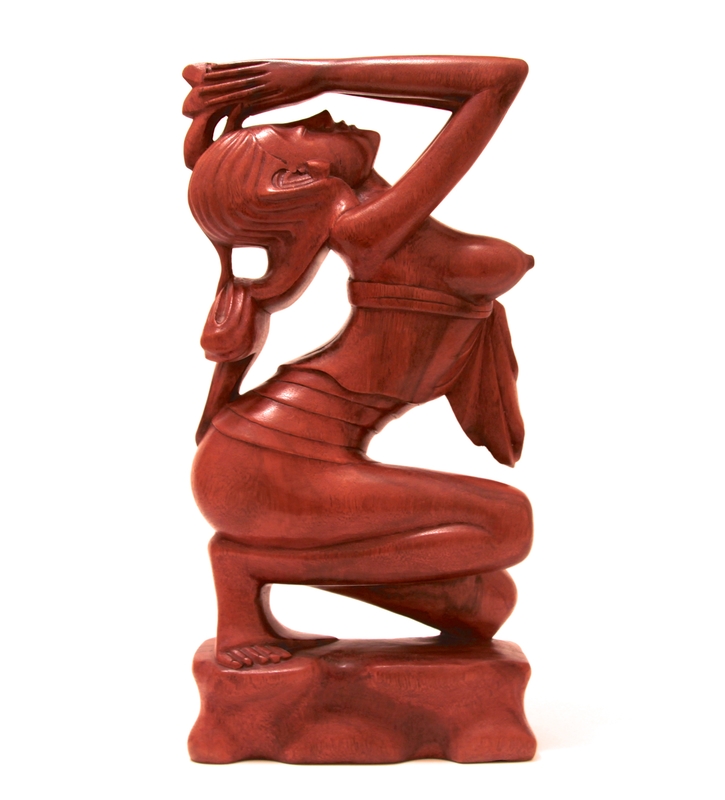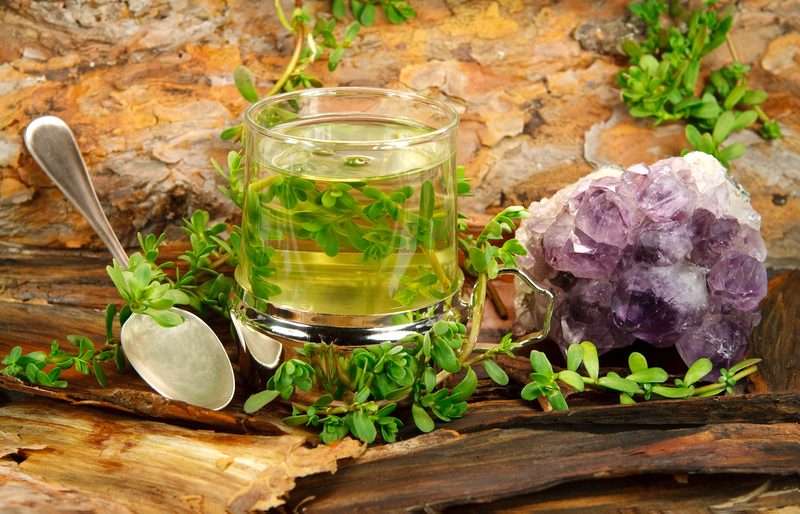Everything You Need to Know About Panax Ginseng
General Information
Scientific Name: Panax Ginseng
Any Other Names: Chinese Ginseng, Ginseng, Ren Shen (Chinese), Renshen (Chinese variant)
Primary Constituents: Acetylenic compounds, Panaxans, Sesquiterpenes, Triterpenoid saponins and Ginsenosides
Country or Region of Origin: Native to China, Eastern Russia, and North Korea
Known Uses: Cognitive Function, Memory, Simulant, Stamina, Athletic Performance, Life-Enhancing Tonic, Adaptogen, Anti-Anxiety, Aphrodisiac, Libido, Erectile Dysfunction, Menopause Tonic, and More

General History & Introduction
Panax Ginseng is one of the most popular and well-known nootropics around the world. It has a history of over 7,000 years of recorded therapeutic use (Chevallier, 2016). It has been so well-sought after that there have been wars fought over the territory controlling its cultivation (2016). Panax is exceptionally popular in Western culture as a dietary supplement. Its many active components make the herb useful for many parts of the body, as well as general wellness (Beshara, 2019). It has been called one of the most famous adaptive tonics in traditional Chinese medicine (Orr, 2014). One thing is for sure: Ginseng is arguably one of the most useful herbs in holistic practice.
Nootropic Benefits of Panax Ginseng
Cognitive Function, Memory
Panax Ginseng is popular worldwide for its ability to improve cognitive performance (Beshara, 2019). Many clinical trials have revealed the herb to offer significant improvements to cognitive performance in healthy adults. And many clinical trials have suggested the herb can improve cognitive function for Alzheimer’s patients (2019). Ginseng has been proven in recent Russian studies to improve mental activity (Balch, 2010). The plant’s proven ability to increase attention, alertness, and energy, make it an excellent cognitive nootropic (2010).
Stimulant, Stamina, Athletic Performance

Panax is frequently used by athletes for a stimulating boost, and for its stamina-promoting properties (Chevallier, 2016). It improves the body’s ability to fight fatigue and offers a well-known energy boost (2016). Panax is revered for its capability to improve chronic fatigue syndrome (Beshara, 2019). It is so impactful in terms of preventing fatigue due to its ability to bypass glycogen, and instead making use of fatty acids for energy (Balch, 2010). The herb can improve one’s ability to adapt to extreme temperatures (Chevallier, 2016). Panax’s favorable impact on sustaining respiration is also very helpful for athletes and stressful situations (Orr, 2014).
Life-Enhancing Tonic
The Chinese, as well as Western cultures, have recognized Panax Ginseng’s general capability as a life-enhancing tonic (Chevallier, 2016). The herb can stimulate circulation and regulate blood sugar fluctuations (Conkling & Wong, 2006). It has the power to moderate blood pressure (2006). It has been used for its rejuvenation and detoxifying properties (Balch, 2010). There are studies which support the idea that Panax can improve kidney function, cool fevers, and even influence and regulate digestion (Orr, 2014). Panax ginseng has been called a powerful antioxidant and a youth-preserving herb (Walker & Brown, 1998). The herb is able to stimulate and strengthen the heart, as well as regulate the central nervous system (1998).
Adaptogen, Anti-Anxiety
Panax ginseng has capability to help the body handle difficult situations (Orr, 2014). Panax helps the body adapt to stress (Chevallier, 2016). It will improve the mind’s ability to relax, eliminating both mental and emotional stresses. The herb’s reduction in common stresses can include decreased worries about hunger, fatigue, and extreme temperature (2016). As an adaptogen, Ginseng regulates and influences a lot of systems within the body (Conkling & Wong, 2006). The herb provides the body anxiety adaptation and a range of stress responses, applying them as necessary to combat the independent adverse effects of stress (Orr, 2014). Ginseng’s heavy triterpenoid saponin content is purportedly responsible for the plant’s adaptogenic properties. The active constituents also do a great job of improving mood (2014).
Aphrodisiac, Libido

Panax has been used for thousands of years as a male aphrodisiac (Chevallier, 2016). It has been said to improve general vitality and virility in men and women. It has also been used to improve libido for women going through menopause. Panax is also reportedly a great treatment for erectile dysfunction. It can even be used to improve impotence (2016). One Russian study proved Ginseng had a positive effect on sex glands, and helps men correct sexual dysfunctions (Balch, 2010).
Other Uses
Panax Ginseng has been used to resist infection and improve liver function (Chevallier, 2016). It is often taken by to improve the quality of life in cancer patients. It has been known to improve immune function (2016). In one recent study, Panax was proven to reduce the likelihood participants would catch the flu (Beshara, 2019). In higher doses, it can be used to help reduce inflammation, especially with rheumatoid arthritis (Balch, 2010). Its purported benefits for diabetes patients are likely due to the decrease of the cortisol hormone in the blood (2010).
A recent study has found Panax to have the power to regulate adrenal glands (Orr, 2014). This same research outlined its additional ability to regulate the pancreas. There are reports of the Native Americans using Ginseng to treat convulsions and palsy. They also classically used the plant to recover from general illness as well (2014). This could be considered the Native American version of Western culture’s “Chicken Noodle Soup” tonic.
Dosing and Usage Information
Although traditional Chinese preparation of Panax was normally a vegetable soup (Chevallier, 2016), this method is rarely used today. And despite there being a lot of different Panax supplements, from untreated or blanched, whole or part root, liquid or concentrate, tincture or tea, Panax is most popularly consumed in Western culture via capsule form (Balch, 2010). Typically, a Panax Ginseng dietary supplement will offer daily servings of around 400 to 2000 mg of extract. Pills and capsules are also more convenient for short-term usage.
Side Effects

Panax Ginseng is generally considered safe within established daily values. Exceeding the established daily value dosages can increase the likelihood of adverse side effects such as insomnia and high blood pressure (Chevallier, 2016). It is important to consult a physician before using Ginseng if pregnant, nursing, or using blood-thinning medication. It is suggested to avoid using Ginseng with caffeine (2016). Panax Ginseng should be limited to 6 months of use at a time, as it can have strong, hormone-like effects on the body (Beshara, 2019). Still, it is a generally accepted as safe for consumption, nontoxic adaptogen (Orr, 2014).
Other Important Information
Cultivation of Panax Ginseng requires immense skill and attention (Chevallier, 2016). Typically, the roots will only be harvested after having grown for 4 years to ensure the active constituents are strongest in content and concentration. Traditionally, the dry roots are chewed for energy boosts. The extract form of the herb is often used by women in menopause for its ability to increase sexual arousal as well as reduce hot flashes and improve mood (2016).
It is important to note that there are two primary variations (species) of Ginseng being Siberian ginseng [Eleutherococcus senticosus] and Chinese ginseng [Panax ginseng] (Orr, 2014). Both species share similar qualities and offer nearly the same benefits, however, this article is focusing on Panax ginseng. Panax ginseng is a bit rare, as it is highly endangered. For this reason it is difficult to find trustworthy vendors, as the market has been flooded with falsely labeled “Panax” ginseng products which actually contain Siberian ginseng (2014).
One finicky version of Ginseng, Panax quinquefolius, grows in forest areas of North America (Orr, 2014). This variant of the plant was well-known for its therapeutic properties throughout traditional Native American culture. In fact, it was loved by many Native American tribes including the Cherokee, Delaware, Iroquois, and Seminole. By the end of the eighteenth century, Native American priests and healers would be administering the plant for a variety of ailment s (2014). Ginseng would only grow in popularity, becoming one of the most prevalently marketed nootropic supplements of modern times.
Conclusion
Panax Ginseng is widely known for its therapeutic benefits. It has been well-revered in Chinese medicine, as well as throughout the world. It is commonly known as a general tonic in so many traditional, holistic practices for its ability to influence such versatile systems of the body (Conkling & Wong, 2006). Although it can be a bit more difficult to source high quality Panax (and even harder to cultivate it), it could easily be argued one of the most valuable natural herbs used in modern, holistic healing and nootropic stacks to date!
A Note from NooFiles
This article is intended to be used for information only. We want to remind you that consulting your physician is recommended before adding any dietary supplement of any kind to your daily regimen.
Sources:
Balch, P. (2010). Prescription for Nutritional Healing. Fifth Edition. Avery Publishing. New York, New York. ISBN 978-1-58333-400-3
Beshara, J., Engle, D., and Haynes, K. (2019). Beyond Coffee. Monocle Publishing. ISBN 9781544505459
Chevallier, A. (2016). Encyclopedia of Herbal Medicine. Third Edition. DK Publishing. New York, New York. ISBN 978-1-4654-4981-8
Conkling, W. and Wong, D. (2006). The Complete Guide to Vitamins and Supplements: The Holistic Path to Good Health. Avon Health Publishing. New York, NY. ISBN: 978-0-06-076066-3.
Orr, S. (2014). The New American Herbal. Clarkson Potter Publishers. New York, New York. ISBN 978-0-449-81993-7
Walker, L., and Brown, E. (1998). The Alternative Pharmacy. Prentice Hall Press. Paramus, New Jersey. ISBN 0-7352-0021-1








